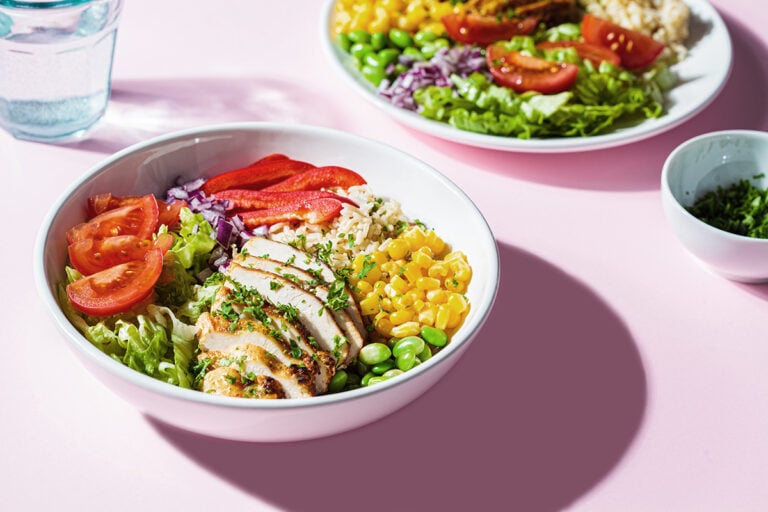8 Eating Tips to Control Blood Pressure

Hypertension can lead to cardiovascular and cerebrovascular diseases. Healthy diets play a major role in reducing the risk of high blood pressure and related diseases. Below is the guideline for Dietary Approaches to Stop Hypertension (DASH) combined with low-sodium diet:
1) Limit Sodium
Sodium is a natural component in some foods, but in small amount. On the other hand, processed food, bakeries and seasonings have high sodium. Hypertensive patients should not consume more than 2,400 mg. of sodium per day. Avoid cooking with salty seasonings, processed food, MSG, broth soup, and strong-tasting food. Patients who do not have kidney problems may opt for low-sodium seasonings.
2) Brown Rice and Whole Grains
6-8 portions/day (i.e. 6-8 ladles). Dietary fiber helps reduce fat absorption into the blood, thus lowering cholesterol. In addition, it keeps the stomach filled longer so you can control your weight.
3) More Vegetables
Recommend 4-5 portions / day (i.e. 4 cups of fresh veggies). Vegetables are rich in potassium and magnesium which help control blood pressure. Choose different colors and varieties.
4) Fruits
Recommend 4-5 portions / day (6-8 bite-size or 1 fist-sized fruit equals 1 part). Fruits are rich in vitamins and minerals as well as potassium and magnesium.

5) Lean Meat
Animal fat increases the risk of vascular diseases which contributes to high blood pressure. Low-fat meat will help reduce saturated fat and cholesterol. Recommended 6 portions/day (i.e. 12 tablespoons/day)
6) Hard-Shell and Dried Nuts
Recommend 4-5 portions/week (4-5 handful/week). Nuts are rich in potassium and magnesium as well as fibers. Although fats in nuts are heathy fat, eating too much nuts can lead to weight gain.
7) Limit Fat
Recommend 2-3 portion/day (oil 2-3 teaspoons/day) Since fat contributes to high blood pressure, it is best to choose cooking method without oil, such as boil, steam or bake. Avoid fried food, coconut milk in food and choose oils that are high in unsaturated fats such as rice bran, olive, peanut or sunflower seed.
8) Low-Fat Milk
Milk is rich in calcium and helps control blood pressure. Calcium in milk is easily absorbed. Recommended 2-3 portions/day (i.e. 2-3 glasses/day). Choose only sugar-free milk to avoid too much sugar intake.
Aside from good diet and maintain healthy body weight, you should adopt a new healthy lifestyle, such as more exercise, quit smoking, avoid drinking alcohol, get good night sleeps and manage your stress. All these will help you reduce the risk of high blood pressure.
Ref :
1. Mayo Clinic Staff. DASH diet: Healthy eating to lower your blood pressure [online document]. http://www.mayoclinic.org/healthy-lifestyle/nutrition-and-healthy-eating/in-depth/dash-diet/art-20048456. October 3, 2017.
2. รู้เท่าทัน ความดันโลหิตสูง, กรมควบคุมโรค, กระทรวงสาธารณสุข, http://healthydee.moph.go.th/view_article.php?id=736

